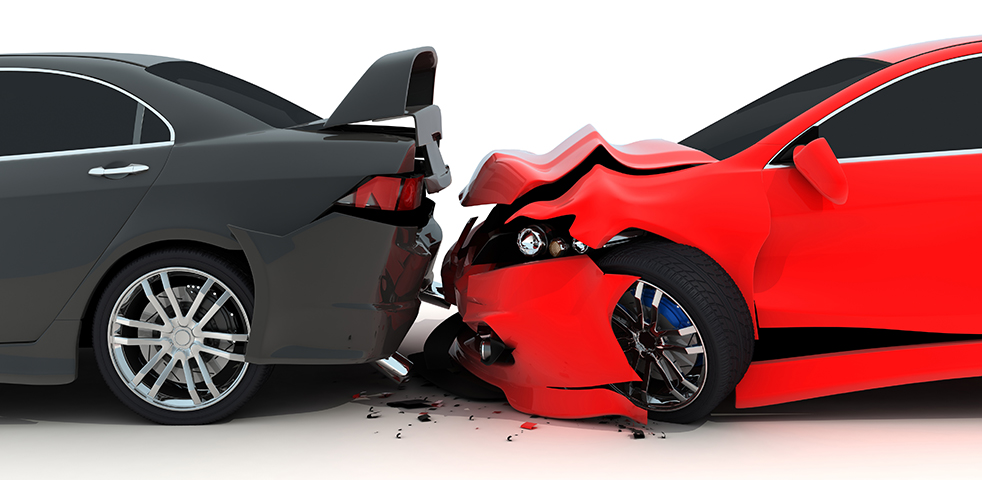MEMBERSHIP
AMPLIFY
EN ESPAÑOL
Connect With Us
- Popular search terms
- Automobile
- Home + Renters
- Claims
- Fraud
- Hurricane
- Popular Topics
- Automobile
- Home + Renters
- The Basics
- Disaster + Preparation
- Life Insurance

Every U.S. state with the exception of New Hampshire requires its drivers to purchase liability insurance to drive legally. However, collision and comprehensive are optional, even though nearly four out of five drivers choose to purchase these coverages.
Collision pays for damage to your car resulting from a collision with an object (e.g., a telephone pole, a guard rail, a mailbox), or as a result of flipping over. The average cost is about $290 per year. Collision coverage reimburses you for the costs of repairing your car, minus the deductible.
Collision coverage also covers damage caused by potholes.
Comprehensive covers damage to your car caused by disasters “other than collisions,” and costs significantly less than collision coverage. With the average cost of comprehensive totaling a little over $134 per year, the coverage is cost-effective considering it covers damages to the vehicle caused by the following:
Drivers who finance the purchase of their car may be required to purchase both collision and comprehensive coverage.
To reduce your auto insurance expenditures, I.I.I. recommends taking a higher deductible.
If you are driving an older car, do the math to see if purchasing either collision or comprehensive coverage makes economic sense.